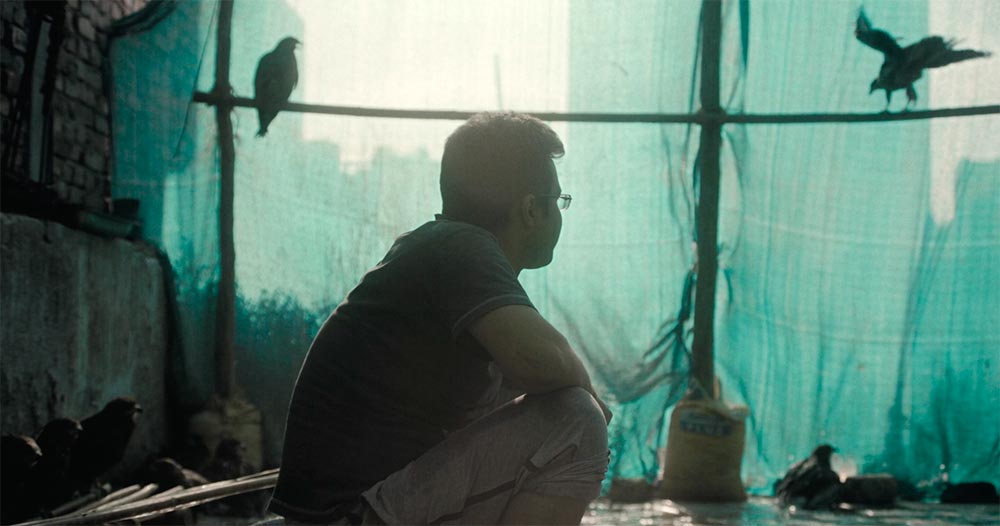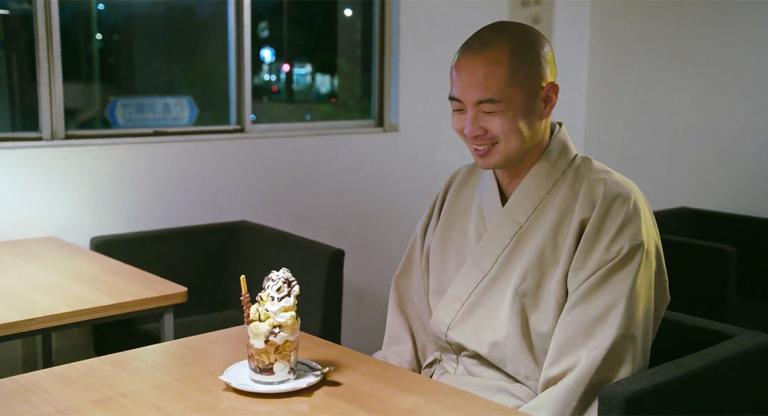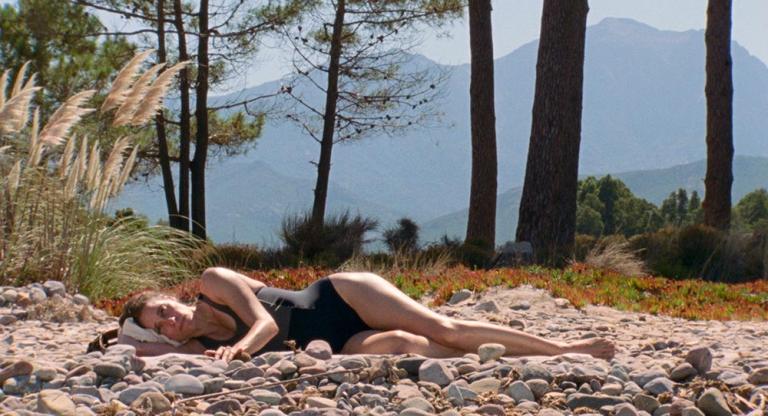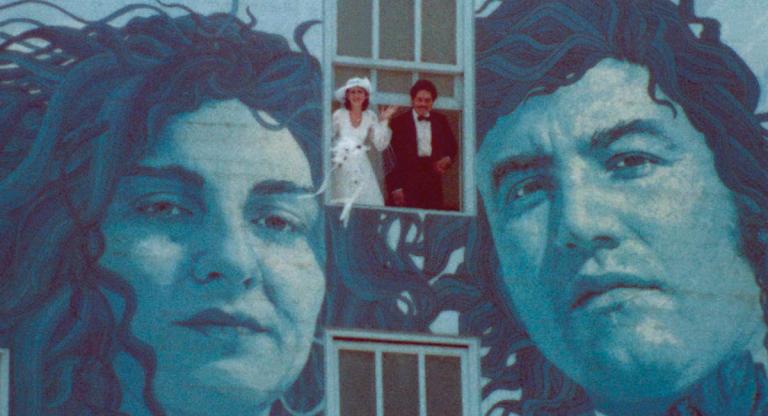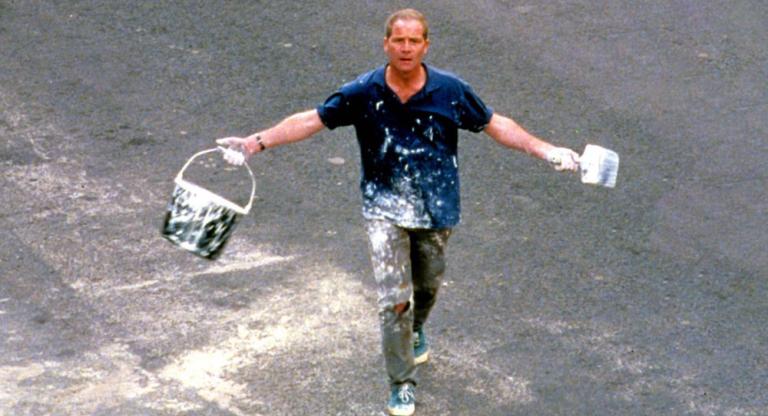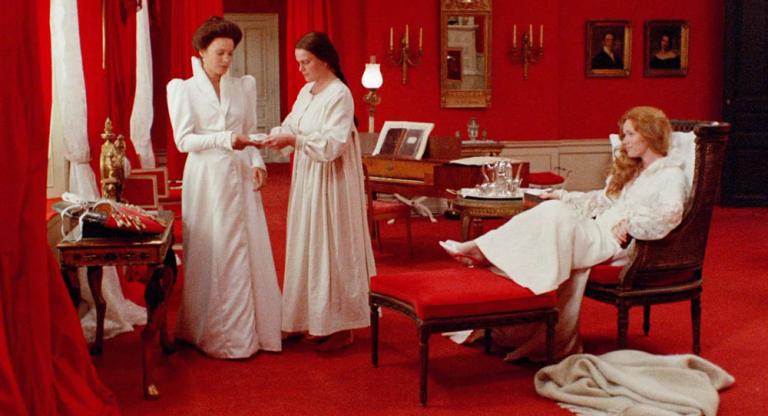About a month before the pandemic reached North America, the New York Times released a story on the “Bird Medics of New Delhi.” This small-scale but ecologically important operation, called Wildlife Rescue, is run by three Muslim men—Mohammed Saud, Nadeem Shehzad, and Salik Rehman—in a predominantly Muslim neighborhood of Delhi, who help save and rehabilitate black kites (Milvus migrans) in a self-taught and self-built operation out of a garage. It’s the kind of story that one would eventually expect to be made into a major news-network documentary feature like Blackfish (2013), which would prioritize sensationalism in its reporting and, considering its location in the Global South, making use of a patronizing, poverty-gazing angle to boot. The eventual filmis thankfully far more considered, intimate, and meditative. All That Breathes (2022) is geographically small-scale, like the bird medics themselves, but artistically ambitious, spanning over three years of eloquently shot and edited footage of urban wildlife, human interference, and political undertones of one of India’s most globally prominent and troubled cities.
Like the opening of Sátántangó (1994), Shaunak Sen opens his film with a lengthy panning shot of a decrepit, murky area, absent of people but filled with the animals that live under human civilization’s dominance. A large garbage patch glistens at night from some distant lights in the heart of the city. A dog scavenges for food and navigates dozens of silhouetted rats scurrying about their little shanty kingdom. Unlike Sátántangó, which features precise and sloth-like camera movements suggesting feelings of rugged despair, cinematographer Benjamin Bernhard’s camera in All That Breathes glides and hovers like a watchful ghost, surveying the scurrying animals like they’re involved in an elaborate experimental ballet. He’s not showing the rats and dogs and garbage as an exposé on filth or squalor, but rather setting the stage for how urban wildlife adjusts and thrives in the corners that humans leave abandoned.
It’s impossible to paint any sort of rosy ecological portrait of Delhi. When the sun occasionally emerges from behind the thick smog, it’s as a hazy blotch of gold that appears to be fighting for its life. The shots of sky reveal an unchanging slate of gray, with the black kites hovering and gliding in flocks or on their own, ruling the part of the air that humans can’t touch—or so it seems. Pollution is driving these birds to their death. A shot of factory stacks spewing smoke with the kites gliding away from it recalls the final sequence in Michelangelo Antonioni’s Red Desert (1964), when Julia tells her son, surveying the industrial plants around them, “The birds know not to fly here anymore.”
Scenes in the interior spaces of Wildlife Rescue’s makeshift operating room offer an intimacy with both the birds and the rescuers themselves. Shots of the men handling the birds, inspecting their wings, laying them on the table, and bandaging them are cut with close-ups of the birds’ eyes, searching the room in pain or fear. Eventually, they stare directly at their rescuers. A sort of trust is understood. Domestic sequences of wives and kids are interspersed with these operations, reminding us that the trio makes certain sacrifices to prioritize these birds.
These men and their family and neighbors are part of a minority population of Muslims in India who—especially in today’s political climate, ruled by Hindu nationalist rhetoric—feel the vibrations of threat just as the kites do. Sen maintains that his documentary is “purely an ecological film . . .The brothers themselves are not political in the conventional sense.” Still, news clips of debates over Muslim and Hindu relations, political speeches, and nationalist demonstrations form the visual and audial periphery of the movie, crawling ever closer until one day, about two blocks away from the Wildlife Rescue, a riot erupts and Muslim stores and homes are burned to the ground.
Much of All That Breathes concentrates on the myriad ways human existence has come to destroy its surroundings. “Delhi is an open wound,” says one of the Wildlife Rescue founders. The movie uses quotes and observations from Mohammed, Nadeem, and Salik, recorded in Sen’s notebook to be used as voiceover. These adds a poetic element that serves as both an existential questioning of the mission and ultimately a confirmation of their work’s necessity.
All That Breathes screens this evening and tomorrow night, October 11 and 12, at the New York Film Festival. Director Shaunak Sen will be in attendance for Q&As.
